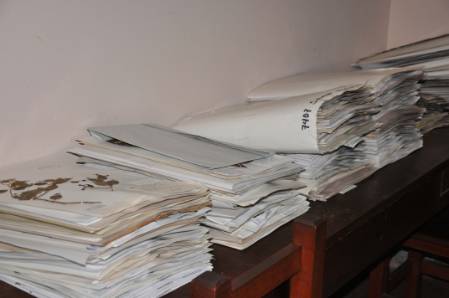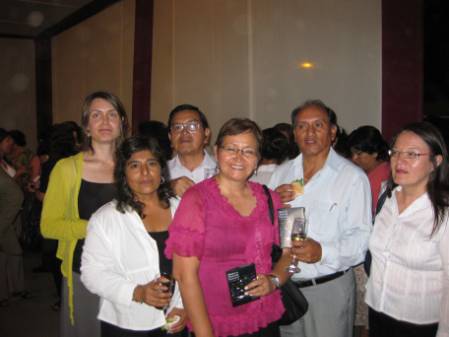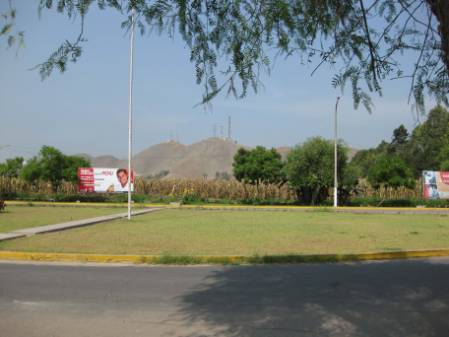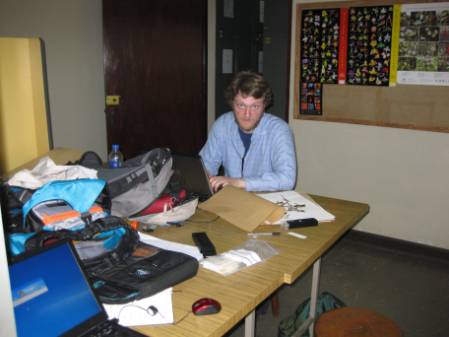I left Tiina, Andy and Paul in Cusco and began my slow re-entry into the world outside plant collecting – culture shock for sure! Flying into Lima the world looked very different – big cargo ships, anchovy fishing fleets, dry desert – something I hadn’t seen for what seemed like years, but really was only a couple of weeks.
I tried really hard not to be envious of their journey on the Interoceanica – failed of course, but I will hear about it eventually! They are sure to find great things, can’t wait to see them.
I spent a day and a half in Lima, working in the herbarium again trying to sort out a few mysteries, catching up with friends and generally getting things set up for when the others return. Some of the great old friends from previous times in Peru were in Lima (Blanca Leon and Ken Young from the University of Texas) – we all had a great Sunday walking along the seafront near their apartment in Miraflores.
Although I have now come back to the Museum and am getting to grips with the “real” world, the field trip work does not end yet. All those lovely solanums we collected need to have their data typed up into the database so the labels can be printed out. In order to export our part of the specimens from Peru we must provide complete data labels, too often people come and collect, leave the plants but never send the labels, making the collections a burden for the staff of our sister institution in Lima. Field work needs to be collaborative from start to finish, and the finish is long after one leaves what is considered the “field”!
The Museum hasn’t changed utterly since I left, so picking up the threads of what I was doing before is pretty straightforward. The best bit is that I feel a new excitement for what I am doing in Solanum taxonomy, a new appreciation for the collections we have and the ones we have just made, and have come back altogether rejuvenated – full of new ideas and plans. Seeing plants in their native habitat, doing what they just do, is without doubt once of the most important ways to increase understanding of the diversity and scope of nature. The collections we hold at the Museum are important, of course, but it is the combination of knowledge from the collections and field that really makes for good science - an integrative whole that is more than the sum of its parts.
This is definitely the best job in the world!! Keep tuned in for Tiina's posts from Peru, and once she is back here in London, we will keep you up to date with what we do with the wonderful nightshades we have collected in South America.







